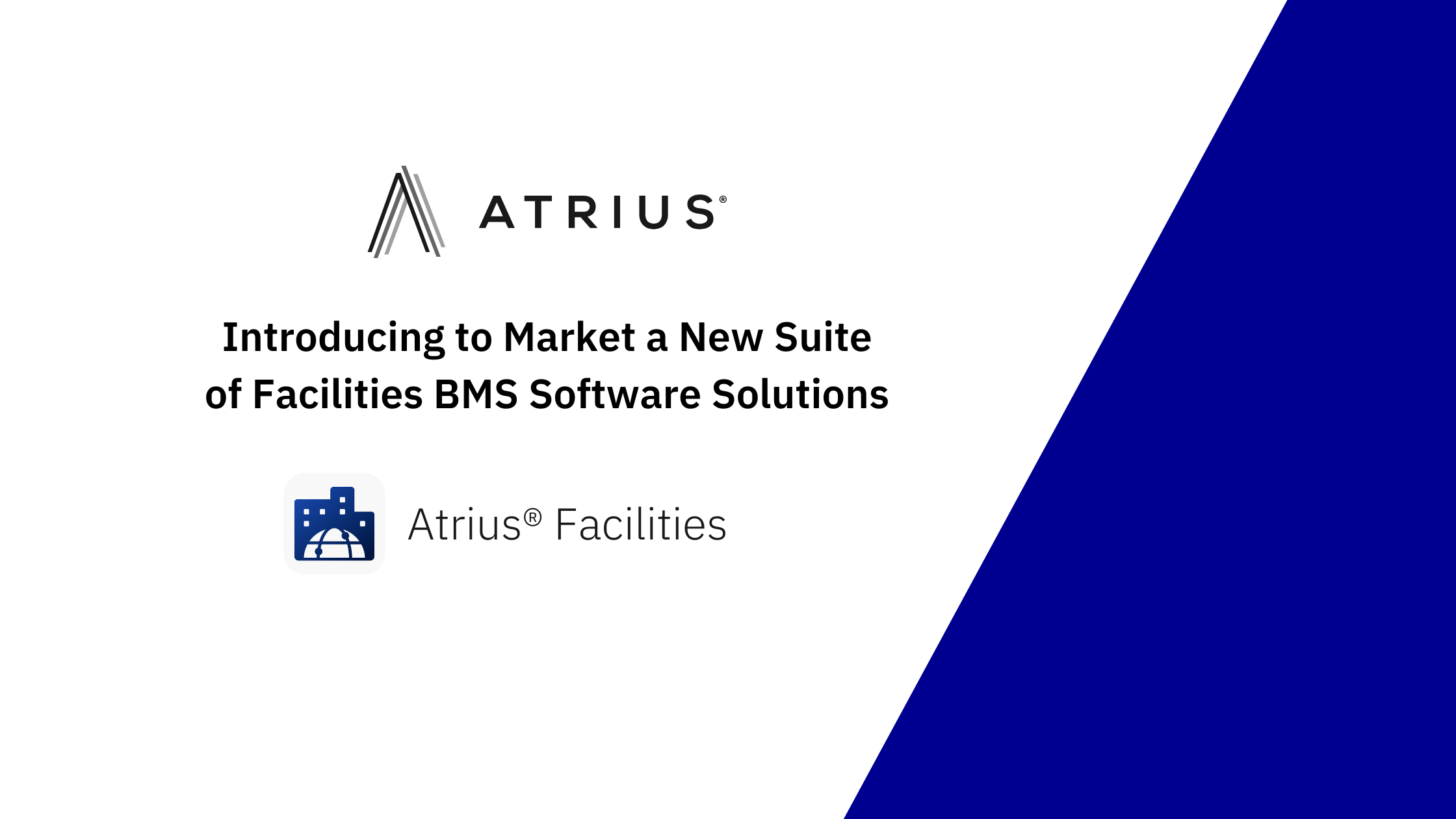
Introducing corporate sustainability programs is challenging and as Acuity Brands’ Director of Corporate Sustainability Adam Handler observed, “… it’s an interesting challenge to be at the front end of a company’s forays into sustainability…” Modern energy managers and facility leaders can model Adam’s macro-level approach to launching—and expanding–corporate ESG program goals across their own organization. Broadly defined, ESG programs combine corporate actions along Environmental, Social, and Governance spectrums to demonstrate a company is acting ethically and in good faith.
We sat down with Adam to better understand now only his perspective on how we can make the built environment more sustainable, but also his role in Acuity Brands’ Earthlight program, which was established to shape our responses to environmental, social, and governance (ESG) topics and activities.
Prioritizing sustainability strategies
Deciding where, or how, to originate a corporate sustainability program can be overwhelming. Or exciting if you’re building on an earlier start. Adam’s thought processes during his first year at Acuity Brands offer a useful perspective. For energy and facility managers initiating first-time corporate sustainability programs, he suggests beginning by “demonstrating to the company we can do this, that we can initiate some projects and complete them, and that they will yield some positive results.” As the project leader, you need to inspire and organize and direct employees, even those who don’t report directly to you.
You also need to know the company and where to find the low hanging fruit. Inventorying Identifying current energy activities is a good way to understand your carbon footprint and how employees can minimize usage in their buildings. Then, with these types of assessments in hand, it’s easier to determine the potential savings of reducing your own resource consumption.
Regardless of the size of the company, or portfolio, focus on localized goals and getting buy-in from the employees and leaders best suited to accomplish those goals. Then, track your metrics and know the data.
Good data management drives sustainability programs
Data drives corporate sustainability programs; energy teams use it to define starting points and measure progress. Which makes efficient data gathering critical. One of Adam’s first-year priorities was moving from collection to evaluation. In simpler words, “Here is your energy use data. Do stuff with it.” For him, that meant examining energy consumption building by building and looking for the biggest savings opportunities. And challenging Acuity Brands team members around the country to do the same: “Now, in [our] Crawfordsville [location], they put together like 25 different things they could do. They assessed the ROI of each of them, and they moved quickly on a number of them. And I’m excited now to look back almost a year later and see what and how much of their projected energy savings they realized.” He also commented on the wisdom of beginning with a solid energy information software program. If you’re installing energy-efficient lighting in a large warehouse, for example, automated data collection tools let you track usage, carbon savings, and cost reductions.
Managing sustainability across mixed-use buildings and locations
Saving energy in office spaces is different than reducing usage in warehouses or manufacturing facilities. Local regulations affect carbon reduction efforts as well. Job one, according to Adam, is to “articulate the objective and inspire people to join [you] on this journey, and it is absolutely a journey.” Offer a clear picture of your sustainability future to champions at the facility level and support their individual efforts to enrich that picture. Encourage employees and occupants alike to imagine what’s possible. Helping them feel better about coming to work is equally important to achieve long-term goals as saving carbon or cash.
Location-specific energy assessments might turn up free, or easily implemented process changes. Even in large manufacturing facilities, small steps can add up to big change. Adam shared how installing a single switch in a Midwest manufacturing plant that turns off lighting and machinery during breaks and at shift’s end is saving money and reducing their carbon footprint. Or how asset tracking tags chart the most efficient routes for forklifts moving across gigantic warehouses.
For other types of facilities, look to your where your organization can reuse or repurpose returned product instead of adding to landfills. For example, if you manufacture thermostats, replace older systems in office buildings with product clients overbought or perhaps upgraded. Or look to people-driven tasks such as recycling. Even though office buildings don’t have big pieces of equipment or massive footprints, even smaller programs with limited carbon implications connects employees to corporate ESG goals. Engaging across mixed-use and geographically diverse portfolios means asking—and answering— “What’s my role in the company’s sustainability program? How do I help?”
Peer support for Modern Energy Managers
The familiar saying, “If it was easy, we’d all be doing it,” holds true for energy managers and facility leaders charged with running sustainability programs. And while there are plenty of industry peer groups, the cost of membership is high. So far, Adam’s relying on his personal network of energy, sustainability, and corporate social responsibility experts to help think through challenges and surprises. Networking at professional meetings or in online forums is an effective support and problem-solving tool.
Renewable energy trends
Adam’s response to our question about renewable energy trends and if any are reshaping his approach to sustainability is likely reflective of many energy managers: “I’m very unresolved on the topic. I am very, very interested in renewable energy. I just haven’t figured out how to do it where yet.”
Still, he’s leading Acuity Brands in that direction, with manageable steps transferrable to various organizations, starting by considering renewable energy sold by current providers. Thanks to partnerships with local utility providers, an Oakland, CA facility is 100% renewable, a Quebec, Canada plant is 100% hydro-powered, and several other Acuity Brands buildings are progressing similarly. Solar power is part of the discussion, although, in most locations, the projected nine-to-12-year ROI is too slow for many finance teams.
Adam recognizes the value of presenting solar programs to company executives as the cost of solar panels drop or federal tax incentives increase. As a trend, energy independence is a very good thing, especially if companies can save on carbon and cash.

Boiling the ocean
Energy managers are passionate about their ESG programs. Adam’s ambition to “boil the ocean” illustrates the willingness to take on the impossible. Parsing out new projects to each part of their organization might be more realistic and successful. Helping every senior executive name a sustainability goal in their performance management plan sets the tone for ownership at every level,
I do want every facilities manager to own their energy footprint for their facility, but at the same time, I want a product manager to have the flexibility to think, ‘Okay. I can either take raw materials out of this product to make it less carbon-intensive, or I can make it more energy-efficient to make it a better product for our customer.’ I do want every product manager to improve their products’ carbon upstream or downstream footprint one way or the other.
Looking forward, Adam sees his role, and that of modern energy managers and facility leadership to help every team member see their place in the bigger picture. Then, to make each of those individual efforts add up to “…every single thing we put out the door [being] better than it was last year.”
Challenges + using technology to meet goals
Efficient and accurate data collection is always a challenge. Technology, like BuildingOS, lets teams spend far less time gathering data and significantly more time analyzing it and interpreting the story. This evaluation shows the way forward, especially as leadership continues grappling with pandemic-shaped work environments.
Adam’s approach to clearing future hurdles is to determine what’s still doable regarding energy savings. Given the long-term—or perhaps permanent—work from home staffing profile, he and other sustainability officers need to reduce usage. If the anticipated savings of sending people home didn’t materialize, the 2021 question is managing usage in open buildings with lower occupancy.
Engaging stakeholders is critical, and arguably complicated going forward due to COVID-19.
Pandemic challenges of engaging stakeholders
Sharing success stories is vital to engaging and retaining stakeholders. With newly distributed workforces, big and little success get less attention. This means some people may lose interest or incorrectly decide their recycling or community service no longer matters to the company. Internal communications teams are often hungry for content, ready to promote planned, and accomplished ESG activities. Adam advised showcasing departmental or group sustainability accomplishments, let these employees know they’re heroes for saving the company money, and reducing carbon emissions. Attract and convince stakeholders by publicizing the great work your teams are doing.
Advice moving forward
“The most useful advice I could give”, offered Adam, “is to play the long game and understand your stakeholders.” Recognizing what drives both internal and external stakeholders is crucial to success. You need to know their motivations, their fears, and their red flags to increase the likelihood of reaching sustainability and energy goals.
Executives and associates are your internal stakeholders; customers and shareholders bring outside interests to your table. Build resources, trust, and capital by teeing up wins for these two groups. And be sure to tell your story, advises Adam, as you chart the path forward.
Environmental, social, and governance sustainability programs are complex. Progress and success come from knowing your starting points, assets, hurdles, and stakeholders’ motivations. Entering each discussion with an achievable plan enhances buy-in across one department or a diverse portfolio.



